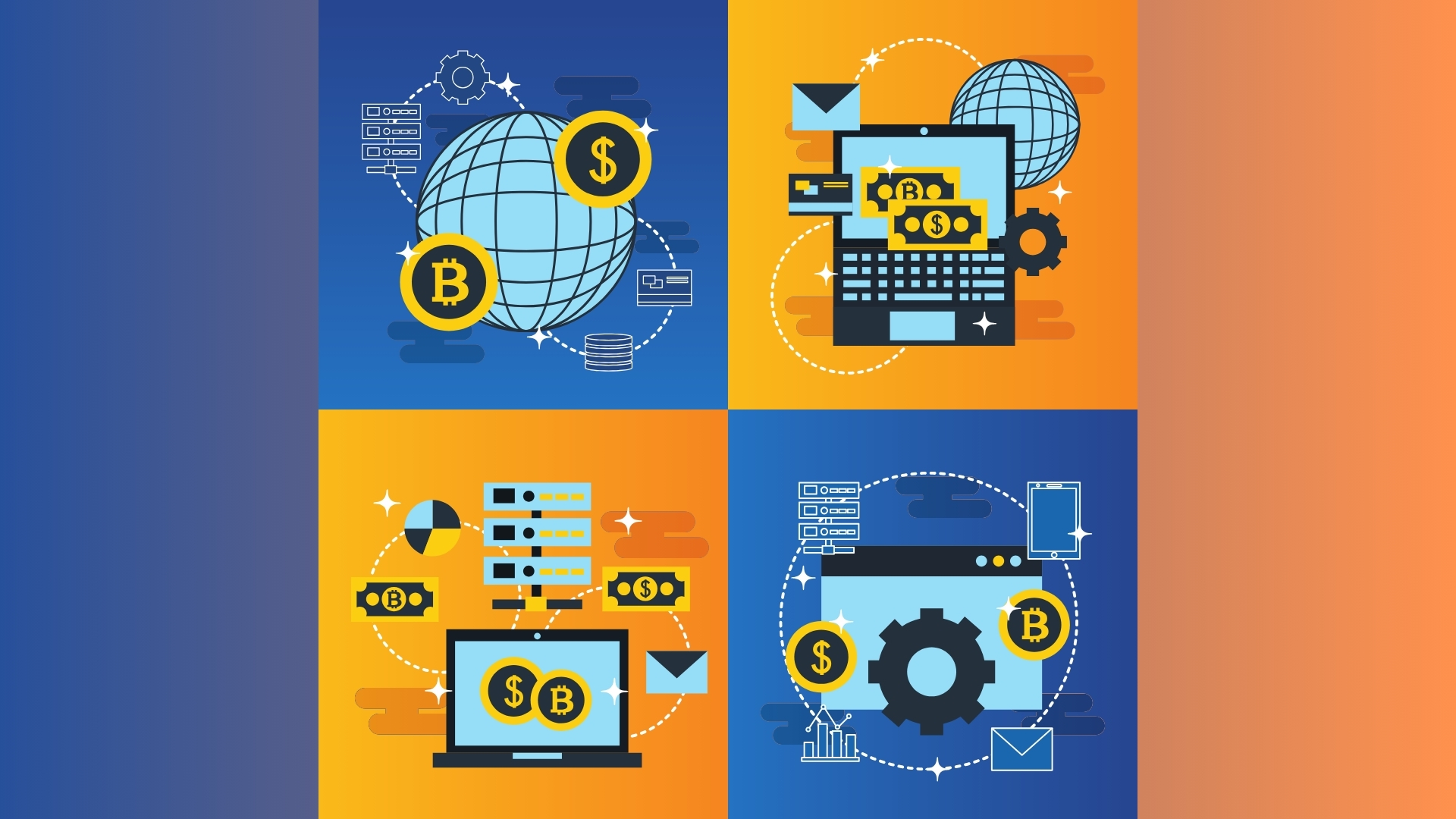What is a Decentralized Application (dApp)?
A beginner's guide to dApps
A decentralized application, commonly known as a dApp, is a type of software application that operates on a decentralized network of computers rather than a single server or computer. Here’s a breakdown of what makes dApps unique:
Decentralization: Unlike traditional apps that rely on a central server, dApps run on a distributed network of computers (nodes). This network can be blockchain-based (like Ethereum) or use other decentralized technologies.
Autonomy: dApps are designed to be autonomous, meaning they operate according to predefined rules and protocols encoded into smart contracts or other consensus mechanisms. This eliminates the need for intermediaries and ensures transparency.
Open Source: Many dApps are built on open-source code, allowing developers to contribute to and audit the software. This fosters innovation and community-driven improvements.
Cryptocurrency Integration: Often, dApps utilize cryptocurrencies or tokens as a means of value exchange within the application. This can include payments, rewards, or governance mechanisms.
Examples: Common examples of dApps include decentralized finance (DeFi) platforms, blockchain-based games, decentralized social networks, and more. Each dApp serves specific functions while leveraging the benefits of decentralization.
Decentralized applications are gaining popularity for their potential to offer secure, transparent, and censorship-resistant solutions across various industries, from finance to gaming and beyond. They represent a shift towards a more democratized and resilient internet infrastructure.
How dApps work
Decentralized applications (dApps) are transforming digital interactions by leveraging decentralized networks and blockchain technology. Here’s an in-depth look at how dApps operate:
Decentralized Network Architecture
Decentralized Infrastructure: Unlike traditional apps that rely on centralized servers, dApps operate on decentralized networks of computers (nodes). These networks can be blockchain-based (e.g., Ethereum, Binance Smart Chain) or utilize other decentralized protocols.
Peer-to-Peer Transactions: Transactions and data within dApps are validated and recorded across multiple nodes in the network. This decentralized consensus mechanism ensures transparency, security, and resilience against single points of failure.
Utilization of Smart Contracts
Automated Contracts: Many dApps employ smart contracts, which are self-executing contracts with predefined terms written into code. Smart contracts automate processes and enforce rules without the need for intermediaries, enhancing efficiency and reducing costs.
Immutable Execution: Once deployed on the blockchain, smart contracts execute autonomously based on predefined conditions, ensuring trust and eliminating the potential for manipulation or dispute.
User Interaction and Interface
- User-Friendly Interfaces: Users interact with dApps through intuitive front-end interfaces, similar to traditional apps. These interfaces connect to the underlying blockchain network, enabling users to perform actions, access information, and manage assets seamlessly.
Token Economy and Incentives
Native Tokens: Many dApps have their own native tokens or cryptocurrencies, which serve multiple purposes within the ecosystem. These tokens can be used for payments, governance (voting on protocol changes), staking (providing security to the network), or accessing specific features within the dApp.
Economic Incentives: Participants in the dApp ecosystem are incentivized through token rewards, encouraging active engagement and contribution to the network’s operations and governance.
Advantages of dApps
Censorship Resistance: Due to their decentralized nature, dApps are resistant to censorship and control by any single entity or authority.
Transparency and Security: Transactions on dApps are transparently recorded on the blockchain, offering heightened security and auditability compared to centralized systems.
User Empowerment: Users maintain greater control over their data and digital assets within dApps, fostering trust and enhancing user sovereignty.
Examples and Use Cases
Decentralized Finance (DeFi): Platforms offering financial services such as lending, borrowing, and trading without intermediaries.
Social Networks: Decentralized alternatives to traditional social media platforms, prioritizing user privacy and data ownership.
Gaming and NFTs: Blockchain-based games and non-fungible tokens (NFTs) that enable verifiable ownership and trading of digital assets.
Decentralized apps represent a paradigm shift towards a more inclusive, transparent, and resilient digital economy, empowering users with greater control and security over their digital interactions and assets.
Free Blockchain Course


